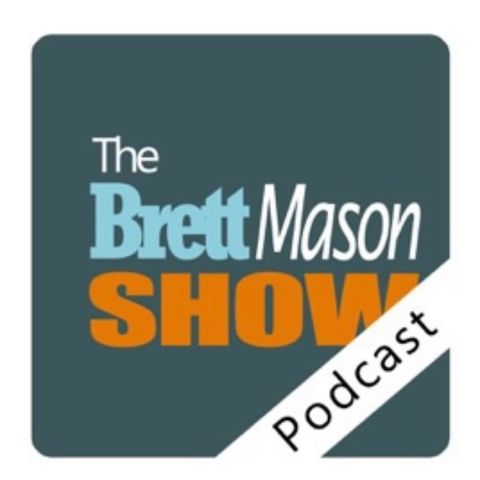Twenty-Five: Babies

Regístrate gratis
Escucha este episodio y muchos más. ¡Disfruta de los mejores podcasts en Spreaker!
Descarga y escucha en cualquier lugar
Descarga tus episodios favoritos y disfrútalos, ¡dondequiera que estés! Regístrate o inicia sesión ahora para acceder a la escucha sin conexión.
Twenty-Five: Babies
Esta transcripción es generada automáticamente. Ten en cuenta que no se garantiza una precisión absoluta.
Descripción
Babies Fertilization is the union of the female gamete (egg) and the male gamete (spermatozoa). Following spermatozoa ejaculation inside the vagina, special secretions help them to swim through the cervix...
mostra másFertilization is the union of the female gamete (egg) and the male gamete (spermatozoa). Following spermatozoa ejaculation inside the vagina, special secretions help them to swim through the cervix towards the uterine tube where fertilization takes place within 24-72h
blastocyst
after fertilization, the embryo is created from a small group of cells that are constantly dividing inside of a complex structure called the blastocyst. The inner cells of the blastocyst will later become the different tissues and organs of the human body, such as bones, muscles, skin, liver, and heart. When the blastocyst reaches the uterus it implants in the endometrium, the mucus membrane which lines the uterus. The external cells of the blastocyst and the uterine inner lining, together, will create the future placenta.
embryo
As the blastocyst reaches the final steps in the implantation process into the inner lining of the uterus, it evolves into a structure called an embryo. This is the time when internal organs and external structures develop. The mouth, lower jaw, throat are emerging, while the blood circulation system starts its evolution and a heart tube is created. The ears arise and arms, legs, fingers, toes, and eyes are being shaped. The brain and the spinal cord are already formed, while the digestive tract and sensory organs start their development. The first bones are replacing the cartilage.
Fetus
By the twelfth week of fertilization the embryo moves into the final stage of development called the fetal stage. By now, the fetus has formed all of the organs and structures necessary for a baby, but those organs still need to grow and develop.
Baby
The fetus becomes a baby at month eight. The brain is evolving quickly so the baby can see and hear, although the respiratory system requires more time to finish maturing. The baby can weigh approximately 5 pounds. Close to the end of the pregnancy at month 9, the baby responds to stimuli, can move the whole body but space around the new human being is becoming too tight.
Información
| Autor | Brett Mason Media |
| Organización | Brett Mason Media |
| Página web | - |
| Etiquetas |
Copyright 2024 - Spreaker Inc. an iHeartMedia Company
